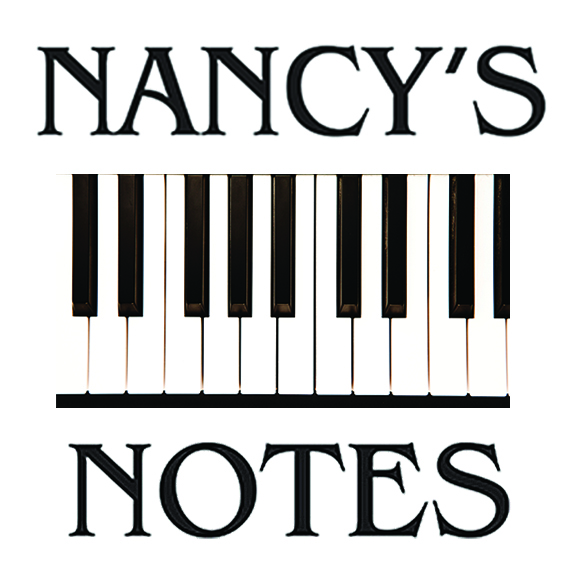Joy to the World!
Two brilliant songwriters—although they never met—together created one of the most lasting songs of Christmas. Although they lived half a world away from each other and were separated by almost a century of time, their collaboration created a timeless holiday classic for every age and every audience, and probably a favorite of many of you reading this tale. As a matter of fact, Isaac Watts and Lowell Mason probably didn’t even know they had given the world a Christmas anthem at all.
Isaac Watts was born on July 17, 1674 in Southampton, England. His father, strong-willed and stubborn, and a cobbler and tailor by trade, was in prison when his son was born. He was a criminal nonconformist, having been found guilty of teaching radical ideas that were not approved by the Church of England or established scholars of the time. At a very young age, it was obvious that the senior Watts had passed his free-thinking ways onto his son.
Isaac Watts grew up worshiping at Southampton’s Above Bar Congregational Church. His rebellious nature and discontent with the status quo demanded to know why he or anyone else should be satisfied with the way things were when they could be so much better. At the age of twenty, after learning Greek, Hebrew and Latin at the Independent Academy at Stoke, Newington, he returned home to live with his father.
Like most young people, Watts found church music of the period to be uninspired and monotonous. He saw no joy or emotion in the standards sung by choirs and congregations. Isaac complained bitterly to his father about the archaic language of the psalms sung in church. The elder Watts challenged his son to come up with something better. This challenge initiated a creative burst that would not end until Isaac had composed more than six hundred hymns and hundreds of poems. At the age of 26, Isaac became the minister of Mark Lane Independent Chapel, London. Through his work ethic as well as his new ideas, the church grew rapidly.
While studying Psalm 98, Isaac was inspired to write what became his most famous song. Focusing on verse four, “Make a joyful noise unto the Lord, all the earth: make a loud noise, and rejoice, and sing praise,” and the next five verses, Watts penned a four-stanza poem which he called “Joy to the World.” Few British Christians of the time ever embraced the song, which was usually sung sung to the tune “Come Thou Fount of Every Blessing.” But Watts’ stubborn will and continued efforts to bring Christian music to the common man kept “Joy to the World!” in the public eye long after the writer’s death in 1748. It also began a revolution in modern Christian musical thinking.
Forty-four years later, Lowell Mason was born in Orange, New Jersey. As a teen, he directed his church choir and taught at singing schools. Even though many thought of him as musically gifted, Mason didn’t see a way to make a living at it. in 1812, the young man moved to Savannah, Georgia, and began a career as a banker. But music hadn’t left his soul. In his spare time he also learned harmony, wrote original melodies, and became a student of the composer Handel. With the late German composer as his influence, the banker sent off a book of self-penned music and arrangements to a Boston publisher, but the material was matterof- factly rejected because the American public wanted new folk music, not classical standards. Imagine his shock when, in 1827, he discovered that not only had his music found a publisher, but that the Handel and Haydn Society of Massachusetts had ordered 50,000 copies of his songbook! Immediately leaving the South, Lowell Mason moved to Boston. There he became the city’s most important music publisher and would eventually write more than 600 hymns, including “My Faith Looks Up to Thee” and “Nearer My God to Thee.”
In 1836, Mason, whose love for the classical composers of Germany had not waned, composed a new melody inspired by two songs from Handel’s Messiah: “Lift Up Your Head” and “Comfort Ye.” Yet when Mason finished his work, he had something brand new, an exuberant ode he called “Antioch.” It took the writer quite a while to find the meeage to go with his melody. Three years later, in a songbook entitled “Modern Psalmist,” Mason finally linked one of Watts’s psalm-inspired lyrics to his tune. This time, the people were ready for “Joy to the World!”
In 1911, Elise Stevenson, who had scored huge chart success during the early days of records with “Shine On, Harvest Moon” and “Are You Sincere?” joined Trinity Choir for a Christmas release of “Joy to the World!” The single climbed to number five on the charts and marked the first time that either Watts or Mason had music appear on popular, contemporary music playlists.
It remains a mystery how this hymn became known as a Christmas carol. Inspired by Old Testament Scripture— with no words alluding to the birth of Jesus other than the phrase, “the Lord is come” — “Joy to the World!” would seem to be a song for all seasons, something to be sung in July as much as December. Nevertheless, for some reason Americans embraced “Joy to the World!” as a holiday standard. Perhaps, because of its jubilant spirit, it just “feels” like a Christmas song!
And for me and millions of others, it just wouldn’t be Christmas without singing “Joy to the World! the Lord is come: let earth receive her King!” (Excerpts from “Stories Behind the Best-Loved Songs of Christmas” by Ace Collins)



